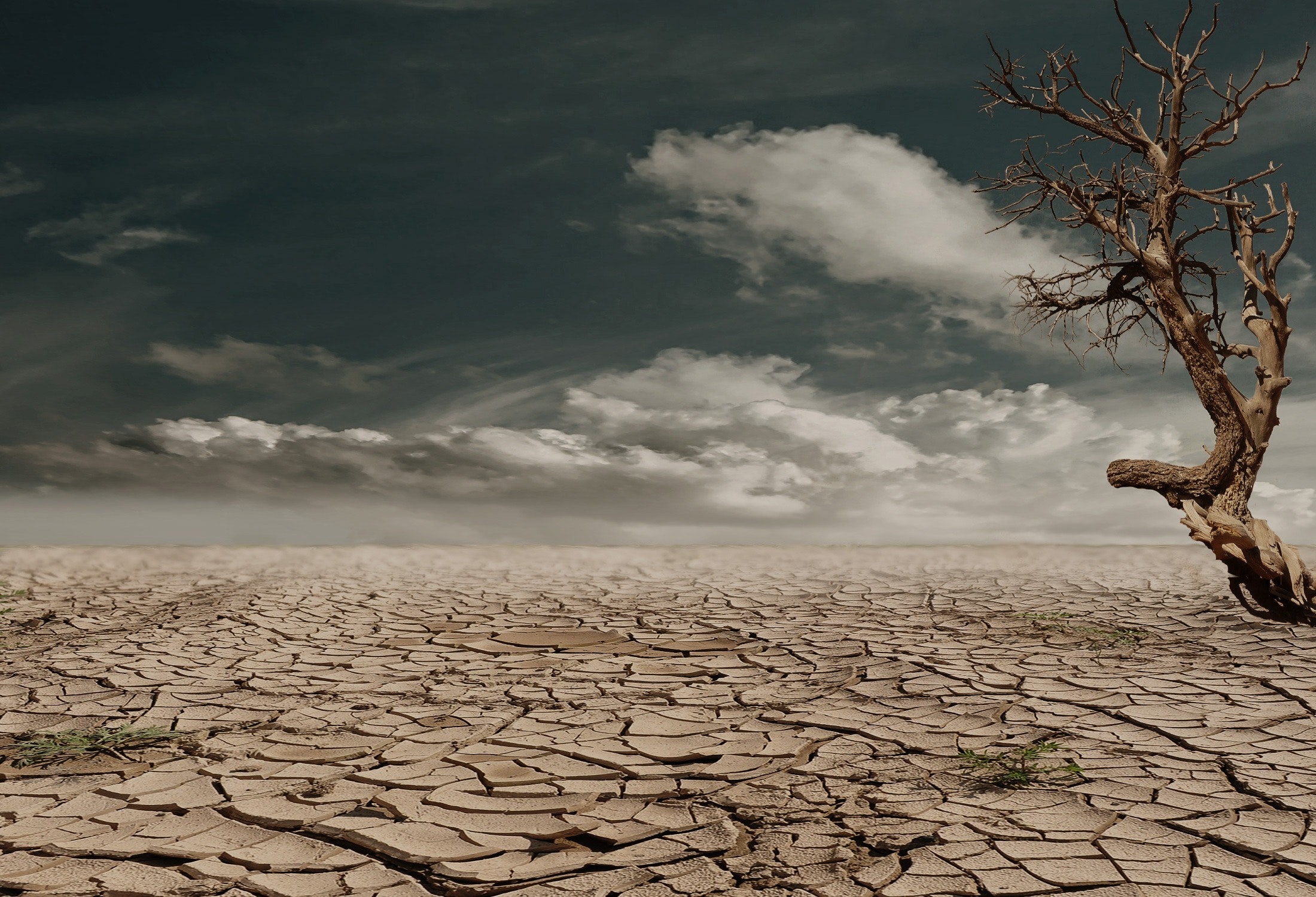Below are summaries from the National Significant Wildland Fire Potential Outlook, provided by the National Interagency Fire Center, for the period of November 2021 through February 2022. The full outlook can be located here.
Year-to-Date Statistics:
| Year-to-date statistics | Number of Fires | Acreage Burned |
| 2021 (01/01/21 – 10/29/21) | 48,366 | 6,523,989 |
| 2020 (01/01/20 – 10/29/20) | 47,132 | 8,542,737 |
| Percentage of 10-year Average | 97% | 94% |
Source: https://www.nifc.gov/fireInfo/nfn.htm
Observations in October:

Most of northern and central California, northern Nevada, southern Idaho, Wyoming, and the Dakotas had above average precipitation. Additionally, portions of the Northwest, southern Great Lakes, and Southeast experienced above-normal precipitation. On the other hand, much of the Southwest, southern High Plains, northern New England, and coastal Mid-Atlantic and Southeast observed below normal precipitation. Temperatures were above normal for most of the eastern US east of the Rockies. The West Coast, Nevada, Utah, and Arizona recorded below normal temperatures.
Weather Outlook for November-February:
According to climate outlooks, warmer than normal conditions are likely for much of the US into mid-winter. However, slightly below normal temperatures are forecast in the Pacific Northwest, Northern Rockies, and the northern Plains. Above normal precipitation is expected across the Pacific Northwest into the Northern Rockies into mid-winter. Above normal precipitation is also probable for the Great Lakes and Northeast. Contrarily, below normal precipitation is likely for the southern part of the US from southern California through the Southwest to the Gulf and Southeast Coasts.
Significant fire potential will be near normal across Southern California from November through February. Above normal fire potential is forecast for the lee slopes of Hawaii in November before returning to normal. Normal fire potential is likely for Northern Califonia through the outlook period. Above normal fire potential is forecast across the eastern Carolinas through fall into January due to the forecast and antecedent dry conditions. Additionally, this could extend to the southern Appalachians, depending on the frequency of precipitation events. Moreover, above normal potential will expand southward in December and much of Florida outside of the panhandle in January and February. Finally, in Oklahoma and Texas, January or as early as December will see above normal significant potential. Certainly, warm and dry conditions with above normal fuel loading are driving the above normal forecast.
,



Source: NIFC




